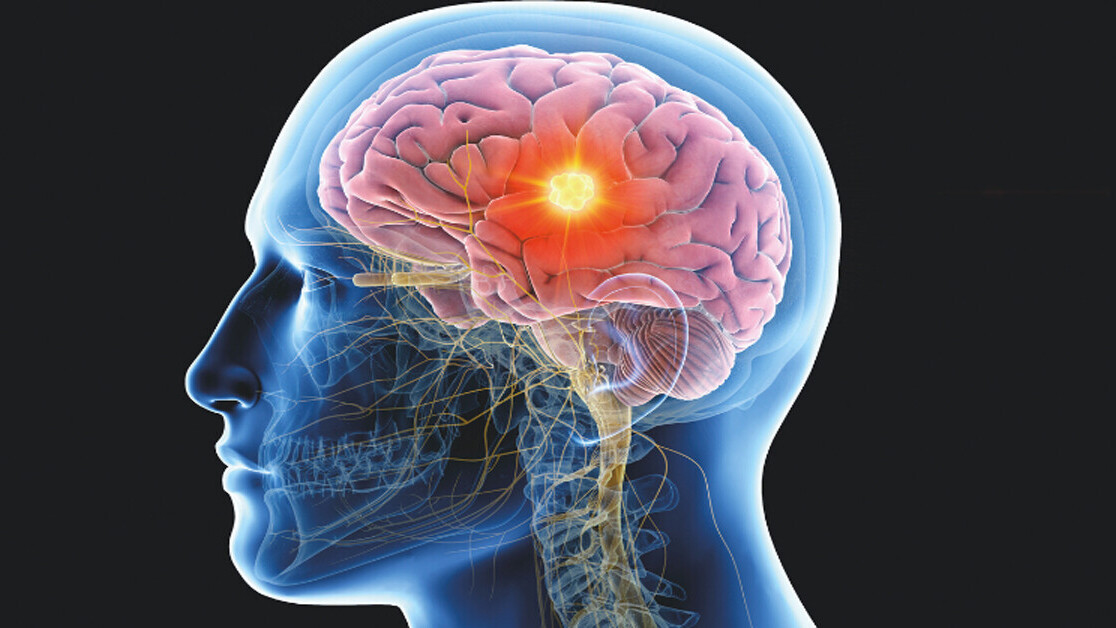
Authors: Vaishnavi Moturi & Chioma Abone
The National Institute of Health estimates that >65 million children worldwide have some form of hearing loss, with ⅔ residing in developing countries that lack efficient and cost-effective personalized methods of teaching students how to communicate. As a result, children with hearing loss often face communication barriers and lack the ability to speak effectively. Less Developed Countries, such as Nigeria, suffer from poor infrastructure resulting in students with hearing loss being unable to receive the personalized education they require. As a result, they face worse outcomes later in life, including a greater chance of unemployment and worse mental health outcomes.
Furthermore, according to the World Health Organization, nearly 80% of people with hearing loss live in low- and middle-income countries. In a study published in 2013, 15% of students attending integrated classrooms are special needs students with mild to moderate hearing loss. This communication disability has a significant influence on students' speech and language development, academic achievement, and peer interactions, leading to difficulties in integrating into society. Unfortunately, due to the reasonably understandable speech of these students, educators might overlook the needs some of these students might have and the challenges they might face to achieve the level of inclusion of everybody else. The research identified reluctance among several disabled students to seek assistance from their peers or even their teachers, and that calls for looking into ways to help students with hearing disabilities communicate and contribute in integrated classrooms.
EmpowerMind’s hypothesis was that if a user-friendly machine-learning-powered web application solution is implemented, then students with hearing loss will improve their ability to communicate effectively, thus reducing communication barriers between educators and students. Before developing our solution, we wanted to ensure that we understood the primary challenges educators faced when teaching students with hearing loss. To accomplish this goal, we decided to contact the Nigeria School for the Deaf because Nigeria is classified as an LDC (less developed country) and historically, students with hearing loss in LDCs suffer from drastically lower personalized interventions and therefore, worse outcomes when it comes to learning how to communicate effectively. We emailed educators at the Nigeria School for the Deaf in Lagos, Nigeria to list their most prominent concerns and challenges with teaching students with hearing loss. We condensed their responses into four categories that addressed the majority of the challenges. The majority reported Communication Barriers (86%) as their primary concern.
EmpowerMind’s solution consisted of a two-pronged solution: an intuitive web application and an AI-powered backend which both ultimately served to identify student-specific communication challenges and report these specific challenges to educators who could then provide more informed personalized solutions to reduce communication barriers. Initially, educators are directed towards a web application that contains a machine learning-based solution. First, students' voices are recorded and transcribed which are then inputted into a transformer-based analysis in order to flag specific parts of speech the students are struggling with.
- Burry, Madeleine. “Hearing Aids Go High-Tech.” Healthy Hearing, 25 Jan. 2021, www.healthyhearing.com/report/53168-Hearing-aids-artificial-intelligence-deep-learning-oticon.
- Chazen, Danielle. “Assistive Technology for Deaf and Hard of Hearing Students.” Verbit, verbit.ai/assistive-technology-for-deaf-and-hard-of-hearing-students. Accessed 29 Oct. 2023.
- Lerman, Vita. “Brain Imaging Predicts Language Learning in Deaf Children.” News Center, 16 Jan. 2018, news.feinberg.northwestern.edu/2018/01/16/brain-imaging-predicts-language-learning-in-deaf-children/.
- Resort, B. R., & Center, M. D. H. (2005). National Workshop on Mild and Unilateral Hearing Loss.